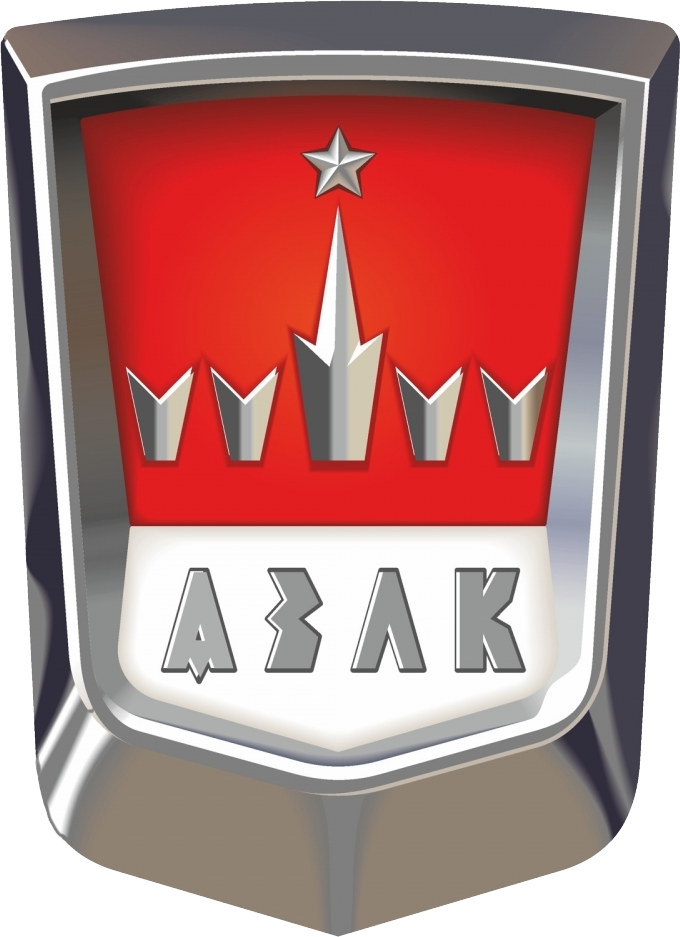The first mention of a perspective car “model 1962-1963” appeared in factory reports back in 1958. But design and layout work on the new model could not begin. The MZMA OGK team worked with great effort on a minicar (the future ZAZ-965) and its components, units of experimental NAMI cars, a family of off-road vehicles "Moskvich-415/416", and finally, on the current modernization of the cars "Moskvich-407", "Moskvich- 410" and their new modifications.
MZMA designers were able to return to work on a promising model only in the second half of 1959. The first prototypes, built in mid-1960, did not even outwardly resemble the future production model. But they were already testing ways to reduce metal consumption and weight, for which the bodies of the prototypes were disassembled in detail and each part was weighed in comparison with the also precisely disassembled body of the production car “Moskvich-407”. The new car of the 1963 model was supposed to be more technologically advanced, cheaper to produce than the Moskvich-407, designed for large production volumes.
The whole of 1961 was spent searching for the external shape of the body. For a painless transition to the new model, the wheelbase, track and dimensions were kept as close as possible to the previous 402/407 Moskvich series, which made it possible to avoid costly restructuring of the conveyor. Four series of prototypes were built with different variants of the search body shape. Three samples in the fall of 1961 passed State tests in comparison with serial Moskvich and foreign cars. When designing the new family, special attention was paid to the design of the exterior and interior. A.F. Andronov was the first to involve artists with professional education in the creation of a new model. By the summer of 1962, on the fifth series of prototypes, the external shape of the sedan body was finally determined, and then only decorative elements were subject to modification. The 1963 model car was planned to have several types of bodies at once – a sedan, a station wagon, a van, a sports "Grand Tourism" with a removable top. The stamping equipment for the new body was ordered from the French company Chausson. The head of the body design bureau, S.D. Churazov, went to France to receive it. However, the production and receipt of stamps took a whole year, so the plant produced the first thousand Moskvich-408 cars only in the fall of 1964.
Simultaneously with the construction of the new model, OGK carried out work to introduce the front suspension, steering and pedal assembly of the promising car into the existing production body. Therefore, in 1962-1965, the main model was the transitional Moskvich-403 with new components. It should be noted that in 1960, the “Perspective Plan for the Development of MZMA until 1980” was adopted. It included the development of a family of 1963 models, its modernization in 1966-1967, the creation by 1970 of a fundamentally new 1.5-liter engine and a new family of cars, the construction of a new plant area and an increase in annual production from 80 to 220 thousand cars. However, it took several years to master the serial production of a station wagon and a van, and the “Grand Tourism” (“Moskvich-Tourist”) included in the Perspective Plan remained in the form of two prototypes.
Albums
The first experimental series of the Moskvich 408. Cars was built in May 1960. Read more
The second experimental series of the Moskvich-408. At least two examples were built, differing in decorative details.
Were built in early 1961. This experimental series featured a four-headlight version for the first time.
Manufactured in the second half of 1961. They were the ones who took part in official tests.
For unknown reasons having skipped the 63C10 series, in the first half of 1962, MZMA began building sedans and station wagons of the 12th series. They already had a body shape corresponding to a production car, and differed only in details. Read more

